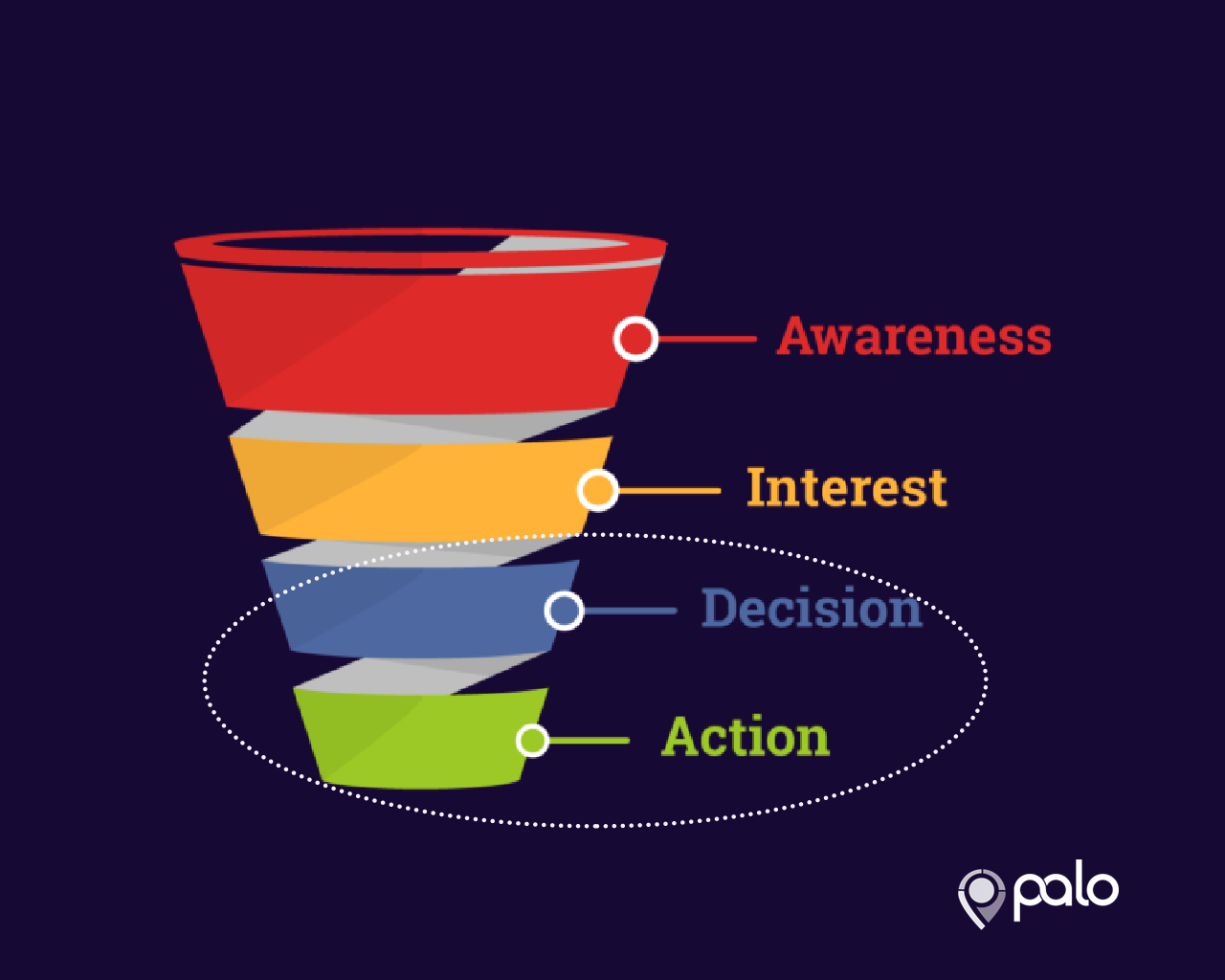
Cold Calling Strategies: Proven Techniques to Achieve Better Results
For most experienced telemarketers, there is nothing “cold” about cold calling. In fact, this is a challenge that most of them feel excited to take head-on and produce results. However, for beginners, it could turn out to be one of the scariest tasks.
Keep in mind that you only have ten seconds to get the prospect interested in the conversation, and if you don’t, you will be met with the crispy sound of the call being terminated on the other end.
A recent survey shows that most agents make an average of 45 cold calls every day. Unfortunately, only 2% to 3% of these calls convert into leads then buyers.
Based on these figures, it means that as a call center agent, you have to be fully prepared to handle at least 43 rejections every day. That makes it slightly over 1000 rejections every month. That is a lot of rejections.
But the big question is; why do some of the biggest corporations in the country still incorporate cold calling in their marketing strategies if the results are so abysmal?
The answer is pretty simple; cold calling still works and continues to be at the center of some leading companies’ marketing strategies.
In fact, a separate study on cold calling conducted by the Direct Marketing Association revealed that cold calling has an average response rate of 6.16%, which is higher than direct mail, email, and even paid search!
So, what do you need to do to ensure your cold calling efforts bear fruit? This guide outlines some of the proven cold calling strategies that will always help you keep calm and produce outstanding results.
1. Everything Starts with Research
As a sales agent, your primary target should be to make a sales cold call to the right person at the right time and deliver the right message.
To achieve better results through cold calling, a good salesperson will leverage market research data, focus on the target market and strive to get as much background information about the target audience as possible.
Connecting with the right person for the first time can be a critical component of your cold calling success. Take time to dig into the target’s background and know the kind of person you are cold pitching to, including their industry in general.
Since most cold calling is done early morning or late afternoon, consider conducting some research early afternoon (between 1:00 pm to 3:00 pm). If you are calling a company, find more information on their directors, management team, and even their target audience.
Once you have found the right information, frame your opening statement and ensuing questions to touch on the company’s goals, objectives, and how you can help them.
If you take time to familiarize yourself with the prospect, cold calling will no longer be a random activity.
2. Build a highly-targeted Prospect List
You are not going to achieve any results if you are targeting a generic prospect list. Remember that you need to make your cold calling messages as relevant to your target audience as possible.
Therefore, your primary focus should be to build a laser-targeted prospect list focusing on an extremely narrow market segment.

To develop a targeted prospect list, start by identifying your ideal customer profile. This will ensure you are talking to the right people.
With a targeted prospect list, you will most likely attract high-quality leads, smash your cold calling targets, and achieve greater efficiency that will translate into higher revenue.
Feel free to use a B2B prospecting tool to build an accurate and fully compliant prospect list. With the right list, you will have access to sure-fire prospects that will be willing to listen to you and keep you motivated.
3. Prepare a Solid Opening Statement
As mentioned earlier, you only have ten seconds to hook up the interest of your prospect. Therefore, you need a strong opening statement that is compelling enough to capture the interest of your prospect.
So, how do you make a solid opening statement? First, you should never assume a weak position because you will lose the battle. Since you are asking the prospect to lend you their time, make sure that whatever you are offering is worth their time.
If your opening statement is something like, “is this a good time to talk?” then you have already ceased some ground, and you are no longer in control of the conversation. Such a question only implies that your offer may not even be worth the prospect’s time.
Instead, start by introducing yourself and stating the reason for your call. Ensure you have a strong introduction, reference point, and why the prospect should listen to you. So, you can have something like:
Good afternoon Mr. Anthony. This is Mr. Daniel from AgeGroup Solutions (Introduction).
I read in your recent press release that your company is planning to open its largest factory in Nevada (reference point).
Our company specializes in inventory management systems that would improve your overall productivity quite significantly (benefits).
I want to ask you a few questions that can help us identify which inventory management solutions package would best fit your needs.
4. Be Prepared: Master Your Cold Calling Script
Master your cold calling script before you start your cold calling journey. A script is a set of predefined lines that have been written, and you will be required to practice them thoroughly to make the cold calls go smoothly without pauses or hesitation.
It is not like every salesperson in the call center will have their own script. Instead, the company will have a general script to help you with the points to cover during the phone call, such as product features.
As outlined above, a good script will have an introduction, reference point, and the benefits of the product/service. Ensure the conclusion leaves things open for a response from the prospect.
Your script must not be more than three sentences. Otherwise, you risk talking to people who are no longer paying attention and will most probably hang up before the call ends.
5. Overcome Call Reluctance
Research shows that up to 80% of marketers fail as a result of call reluctance. While it is normal to feel nervous before making a cold call, implementing the right measures will help you conquer the fear.
So, next time you feel anxious before making a cold call, feel free to take positives where you can.

Regardless of the outcome, look at every cold call you make as a learning experience. Learn from the negative experience and embrace the positive ones.
Consider using essential oils because they can trick your mind into moving to a place full of positive power. You can also look at the photo of your loved one who makes you happy. Seeing their face will relieve the tension and make you less susceptible to anxiety.
6. Call at the Right Time
The best time to talk to your prospect is when they are at their desk and not busy with other tasks so that they will only be focused on the call.
Additionally, if you want them to listen to you, don’t make your cold call sound like a sales pitch with little or no room for negotiation or discussion because the prospect will become defensive.
Don’t be intimidating or aggressive. Instead, leave a lot of room for discussion and negotiation to give the prospect room to decide on what they want either during or after the call. Remember that you want them to buy from you willingly and not just agree with everything you say.
Sound confident but give them room to talk and listen to them. This will make the conversion feel open-ended, and they will be happy to buy from you.
7. Remember Practice Makes Perfect
Even when using a cold calling script, you don’t want the prospect to know that you are using a script. You shouldn’t sound like a robot.
Therefore, before you start making your cold calls, practice your script until you memorize it inside out. Take time to think about all the objections you might encounter and have an answer prepared for them.

Focus on the basics, and innovating reasonable answers will be much easier. Practice tonality, mirroring, repetition, pause, and hyperbole.
Adding these layers to your cold calling skill will help you nail everything down and close more prospects.
8. Know-How to Deal with Objections
Lastly, you must learn how to deal with objections. No matter how hard you try, be sure that a significant number of your prospects will hang upon you. Even if you sound confident and have a great offer, some people will still not listen to you.
Your product/service may be excellent but not a solution to their current problems. Embrace the rejections and learn from them. You can even suggest sending a brochure to the prospect so they can take time to make a decision.
They may be buying from someone else at the moment but want some time to make the change. If s prospect is totally disinterested in your product or service, try to offer them an incentive such as a discounted price or free trial if they make a purchase immediately.
This will show the prospect that you are serious and want to serve them. If the customer is still disinterested, ask about their current needs and see if you can offer alternative solutions.
Summary
No matter how many rejections you face, the most important thing you need to do is keep cold calling. The more often you cold call, the better you will get.
Just keep in mind that if you are not cold calling, your competitor is doing it and most probably taking away your would-be clients.
If your cold calling isn’t yielding results and you want to try something different, consider talking to pay-per-call experts such as PALO to help you launch and manage pay-per-call campaigns.






